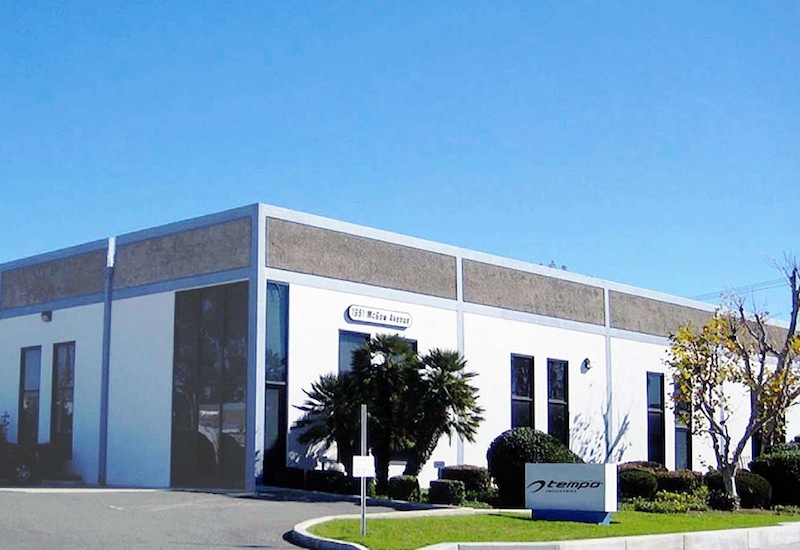
News
Tempo Industries credits 42% energy reduction to all-LED conversion
November 14, 2011 - Tempo Industries Inc., a 25-year-old manufacturer of LED lighting, has reduced its lighting-related energy use by 42%– all from converting its California U.S. headquarters facility completely to LED lighting, including offices and manufacturing areas.
November 14, 2011 By Alyssa Dalton

“As a pioneer and leader in entertainment, architectural and commercial LED lighting, Tempo believes it has a responsibility to use the same LED technology which we promote to customer markets,” said Tempo founder and chairman, Dennis Pearson. “It is important for us to ‘put our money where our mouth is,’ step up and embrace the most advanced LED technology for all of the energy and maintenance savings it delivers, as the epitome of sustainable ‘green’ lighting technology.”
“Since its change this year to all LED illumination,” he added, “Tempo has experienced a 42% reduction in lighting-related energy usage. The energy-saving benefit is ongoing, and Tempo will reap those benefits for years to come. Close to one-year in with the now completed changeover, lighting maintenance and lamp replacement costs have dropped from an ongoing, constant annual expense to zero.”
Pearson pointed out that the main hurdle for a company in an LED lighting conversion is the “natural skepticism” associated with adopting any new, different technology. However, according to Tempo, employees claimed to see a dramatic improvement in working conditions after the LEDs were installed.
“Both manufacturing and office employees experience less eyestrain and fewer headaches with LED lighting. Plant assembly and office tasks were improved because of a more diffuse, shadow-free workplace environment, with more efficient LED lighting products,” it said.
Tempo was founded in 1986 as a developer and manufacturer of advanced specialty- and LED-based lighting systems for the cinema, theatre and other entertainment market segments, which today includes commercial, institutional and industrial markets as well.
Print this page